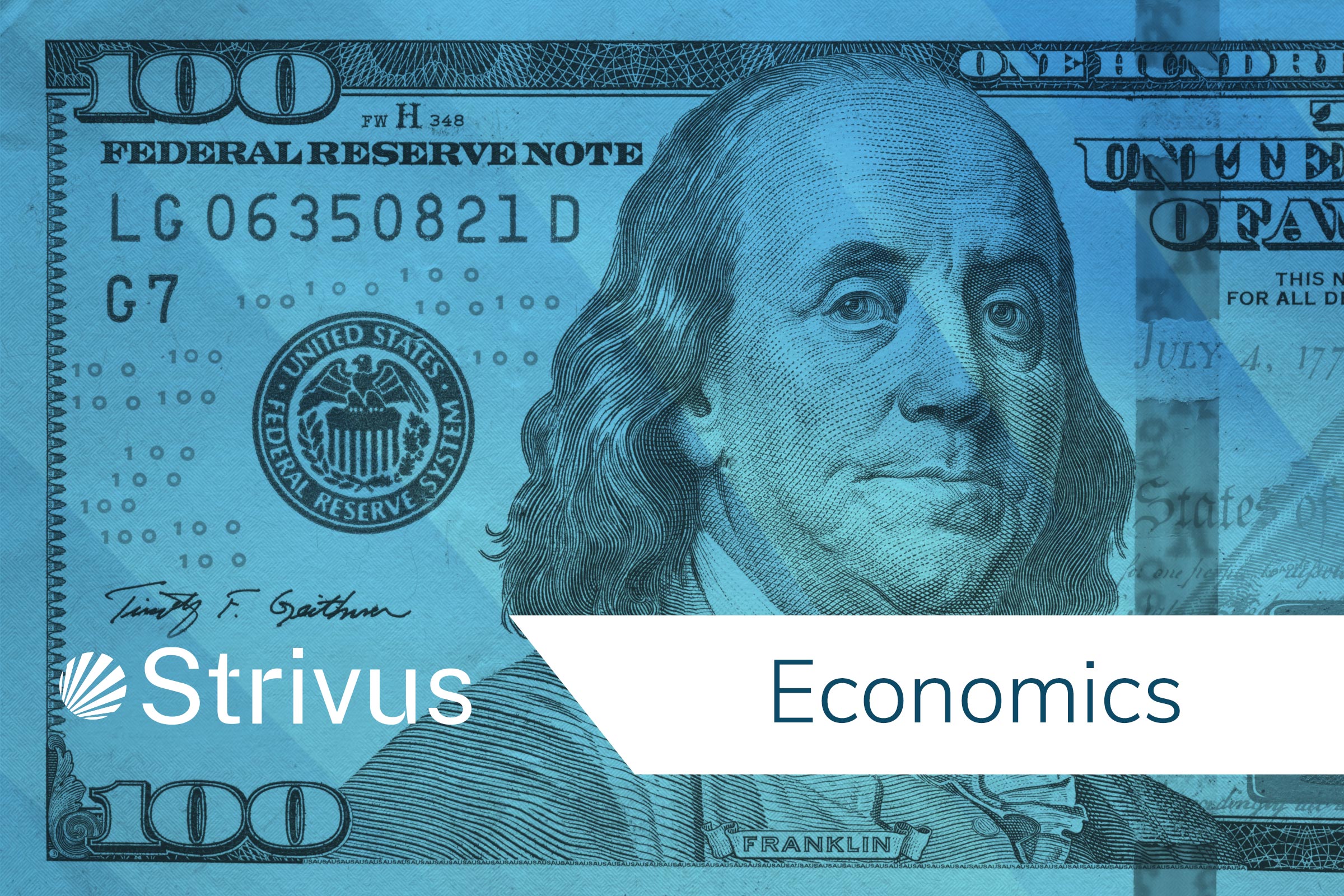Education

The Great Unbanked

It is hard to imagine life without a bank account in the modern world. In the modern age, we are able to access our bank account at any time using our smart phone and a thumbprint. We know how much money we have, what our outgoing bills are, how our investments are performing, and some banks even show us our credit score. However, you might be surprised to learn that as much as 7% of American households do not have a bank account. Who are these people? Why don’t they have a bank account of some kind?
It turns out that a majority of these households are low-income, and most have been denied an account due to their banking history. They have a general distrust in banking institutions, and believe the fees are too high and unpredictable. Additionally, many banks have a required minimum balance that many low-income families either can’t or fear they can’t maintain.
Due to the lack of banking traffic in low-income neighborhoods and the trend away from physical bank locations, many banks have shuttered their operations in these areas. While this may make sense from a business perspective, it leaves a financial hole in these neighborhoods which is easily filled by cash advance stores. These stores cost the customer more than they realize. While the average annual fees for a checking account at a bank are about $200 (many people don’t even pay that much), the average cost to cash a year’s worth of checks comes to about $500 (2% fee each check for a $25k net income).
One solution that has been making headlines is to require the Federal Reserve to offer private accounts directly to consumers, thus cutting out the middle man of the privatized banks that deny accounts. The pros associated with this idea include:
- Higher interest rates on savings
- Quicker deposit/transfers
- Guaranteed approval to open an account
While these are advantages to this system, there are many people that are against centralization. While the Federal Reserve is not strictly a government run entity, it is still associated with the government. This system would allow the government to have too much control over private money, which is a big red flag.
Supporters of the proposal say that this new system will be competitively neutral, allowing private and public equal opportunity to compete for business. This, however, does not seem to be the case. Banks make profit by borrowing money from the Fed and lending it a higher rate. If the Fed is loaning money to banks and also serving the consumer directly, what is to stop the Fed from competing with the banks in areas such as private lending?
Are their alternatives to banks and the Fed? One of the best alternatives is already widely available and in use today. Credit Unions are like banks but rather than focusing on the success of their stock holders, their focus is on their members (account holders). They are very locally focused since their funding comes from the community. Opening credit unions in lower income neighborhoods and offering incentives to open and keep accounts will open a door for more families to keep their funds in a financial institution. Also, if the credit unions emphasize that they are locally focused with advertisements, local events, etc. it will help lower the distrust in banking institutions, making people more comfortable entrusting their funds to these institutions.
